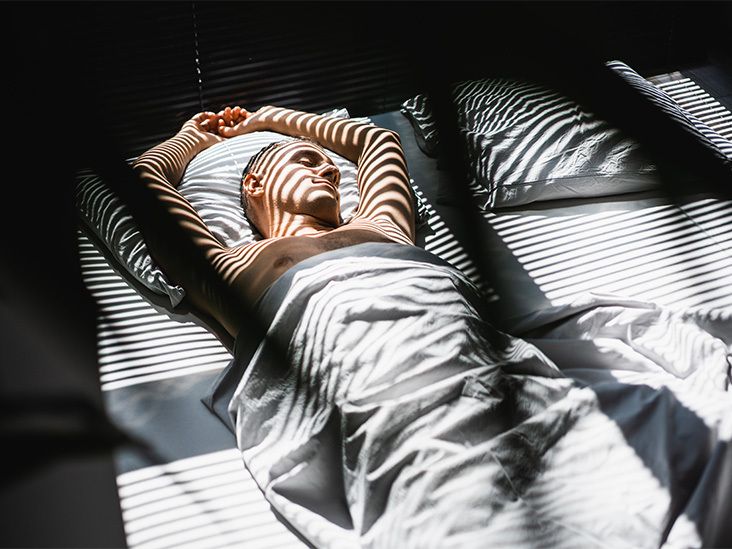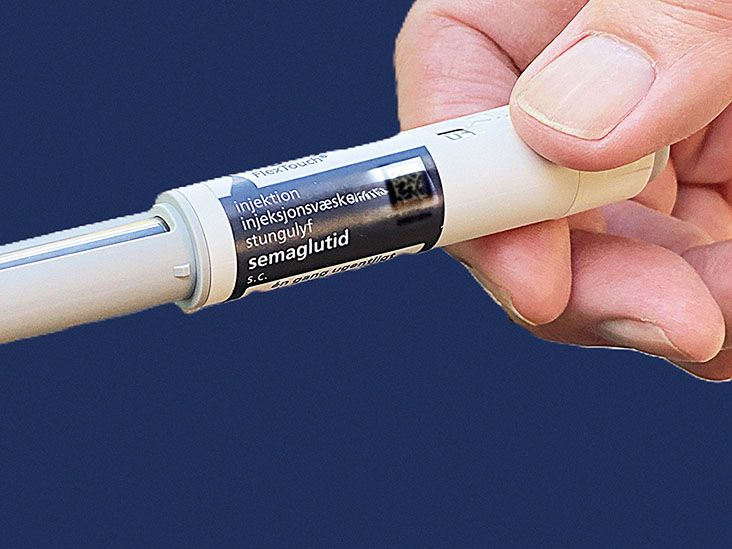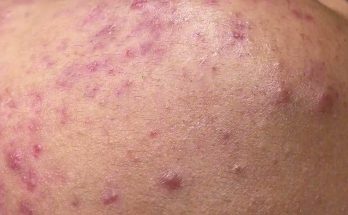How to clear and prevent clogged pores
We include products we think are useful for our readers. If you buy through links on this page, we may earn a small commission. Here’s our process.
How we vet brands and products
Through proper skin care and skin treatments, a person can manage or clear clogged pores.
Pores are tiny holes in the skin that allow oil to reach the skin’s surface. Sometimes, pores become clogged with oil and dead cells that the skin sheds every day.
In this article, we explain what causes clogged pores and how to treat and prevent them. We also discuss when a person may wish to visit a dermatologist.

Glands on the face produce a substance called sebum. Sebum is a natural oil that coats the skin to seal in moisture. The function of a pore is to bring that oil to the skin’s surface, where it can protect and hydrate the skin.
Sometimes, though, sebum, dead skin cells, and other substances become trapped inside a pore. A clogged pore may look larger than normal or feel bumpy.
Sometimes, a blocked pore can lead to acne, particularly if it becomes inflamed. According to the American Academy of Dermatology (AAD), acne is the most common skin condition in the United States, where it affects about 50 million people each year.
Acne can produce several types of blemish, including:
- Blackheads: These occur when oil and dead skin cells get stuck in the pore, but the pore remains open.
- Whiteheads: These spots occur when a pore closes over and becomes filled with a small amount of white pus.
- Pimples: This type of acne occurs when bacteria, dead skin, and oil get trapped in a pore and cause swelling and inflammation.
- Cysts: Cystic acne is a severe form of acne that occurs when cysts develop underneath the surface of the skin.
Although they do not pose a serious medical risk, clogged pores and acne can cause hyperpigmentation, scarring, and emotional distress for some people.
Learn More About Acne
Benefits And Side Effects of Using Tretinoin Cream
How to Remove Dark Spots Caused By Pimples
Hormonal Acne: Traditional Treatments, Natural…
How to Reduce the Appearance of Acne Scars
The Acne-Prevention Diet: Foods for Healthier Skin
Isotretinoin (Accutane): Side Effects
Causes and Treatments of Pimples in Ear
What Is Cystic Acne and How is it Treated?
What Is Face Mapping?
The 5 Best Face Washes for Acne
What That Acne Spot on Your Face Means, According…
Back Acne: Treatment and Causes
4 Home Remedies for Pimples
Jawline Acne: Causes and Treatment
Comedonal Acne: Causes and Treatment
How to Treat and Prevent Maskcne
5 Powerful Home Remedies for Acne
How to Get rid of Pimple on the Lips
How To Get Rid Of That Chin Pimple
Causes and Treatments of Forehead Acne
The Best Products For Acne Scars
Dead skin cells and sebum typically cause blocked pores, but other factors can make it more likely that someone’s pores will become blocked. These include:
- Comedogenic products: Dermatologists refer to substances that can potentially block the pores as comedogenic. Some skin products, such as makeup, sunscreen, and lotions, can be comedogenic.
- Skin elasticity: The authors of a 2016 reviewTrusted Source concluded that decreased skin elasticity makes pores larger and more visible. Larger pores may become clogged more easily.
- Sebum production: Some people produce more sebum than others. A small study from 2006Trusted Source found that the more sebum a person produces, the more likely they are to have visible facial pores. A few factors affect skin oil production, including hormones, genetics, and age.
- Ethnicity: A 2015 studyTrusted Source found that people from some ethnic backgrounds were more prone to having large pores than other people. The researchers observed that pores in people belonging to different ethnic groups could vary dramatically in size and that this factor seemed to play a more significant role than age.
Anyone can develop clogged pores and acne. According to the AAD, acne is most common between the ages of 12 and 24 years, but some people in their 30s and 40s have acne.
A person can take several steps at home to help clear clogged pores. The AAD recommend the following skin care approaches to help unclog pores or reduce their size.
Use noncomedogenic products
Noncomedogenic means that a product will not clog the pores. People can look for makeup, skin care, and sun protection products that the label describes as noncomedogenic or oil-free.
Avoid scratching or picking
Some people find it tempting to scratch, pick, or rub clogged pores and acne. The AAD state that this will not clear up skin concerns. In fact, it may make them worse by causing damage to the skin.
Gentle cleansing
Using a gentle, pH-balanced cleanser twice per day with warm (but not hot) water is a nonirritating way to remove excess oil and dead cells from the skin.
It is a good idea to wash the face gently, as vigorous scrubbing can cause redness and draw attention to clogged pores.
Exfoliation
Exfoliation involves removing dead cells from the skin’s surface. Doing this can help reduce the texture of clogged pores and, in some cases, unblock them.
There are two types of exfoliation: mechanical exfoliation, which involves physically removing dead skin using a cloth or brush, and chemical exfoliation, in which a person uses a safe acid product to dissolve debris.
Salicylic acidTrusted Source is a popular chemical exfoliant that can help unclog pores. It is also useful for treating acne, hyperpigmentation, and other common skin conditions. A person should use sunscreen alongside chemical exfoliants, as these products make the skin more sensitive to UV light.
Retinol
People with oily or aging skin or large pores may find that their skin is less elastic, which can contribute to clogged pores. Increasing the skin’s elasticity may help reduce pore blockages.
Retinol is a skin care ingredient that dermatologists recommend for people with mature, oily, or acne-prone skin. A person can try products that list either retinol or retinyl palmitate on the label.
It is a good idea to start with a lower strength product and to use it before bed, as retinol can sometimes cause skin irritation initially. Pregnant or breastfeeding women should not use retinol.
Some people also use charcoal face masks and pore strips to deal with clogged pores, but there is not much evidence to prove that these methods work.
A dermatologist can help when at-home skin care methods do not work. They may use the following techniques to treat clogged pores:
- Extractions: Using special tools, dermatologists can safely extract plugs of sebum, which could cause blackheads or whiteheads, from the pores. A person should not attempt to do this at home.
- Skin peels: A dermatologist can use chemical skin peels to treat dull or rough-textured skin.
- Microdermabrasion: This treatment involves physical exfoliation using a diamond- or crystal-tipped tool. Dermatologists use microdermabrasion to improve uneven skin texture.
- Hyaluronic acid treatment: A small 2017 studyTrusted Source found that injections of hyaluronic acid could reduce pore size with few side effects.
Clogged pores are more likely to affect some groups of people than others, but people can take steps to prevent clogged pores from developing again once they start to treat them.
The AAD recommend:
- keeping the skin clean and moisturized
- using noncomedogenic products
- removing all makeup before sleep
- avoiding touching the face
- exfoliating areas of the skin that are prone to congestion
- using an oil-free sunscreen
A person should talk to a dermatologist if their clogged pores cause distress, and at-home treatments are not working.
At an appointment, a dermatologist will examine the skin. From there, they will be able to recommend a treatment to suit the person’s skin type and needs.
In some cases, a dermatologist may prescribe medication. They may also recommend one or more skin care products.
Clogged pores can look enlarged, bumpy, or, in the case of blackheads, dark in color. The more oil that a person’s skin produces, the more likely it is that their pores will become blocked.
A person can use skin care techniques and products to manage or clear clogged pores. Ingredients such as salicylic acid or retinol may help.
If a person is concerned about their clogged pores or is unsure what approach to take, a dermatologist can recommend the best treatment.
Products for clogged poresPeople can buy skin care products for clogged pores in a drugstore or online:
Last medically reviewed on May 27, 2020
How we reviewed this article:
Share this article












